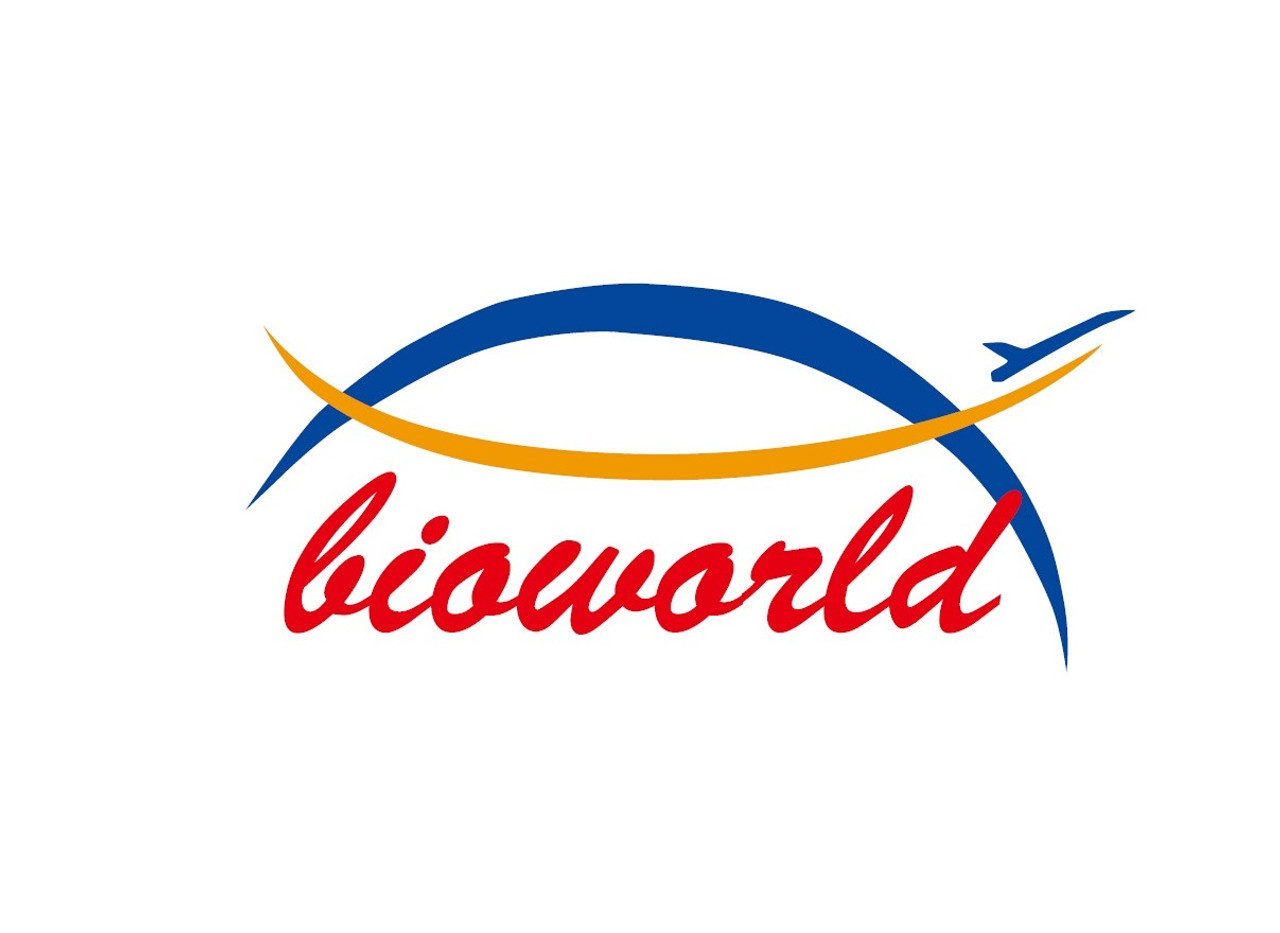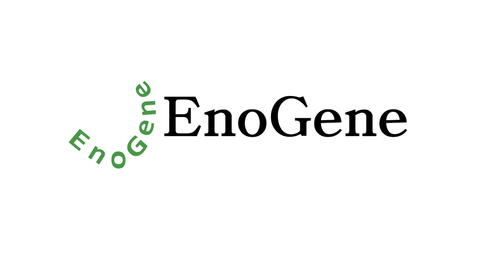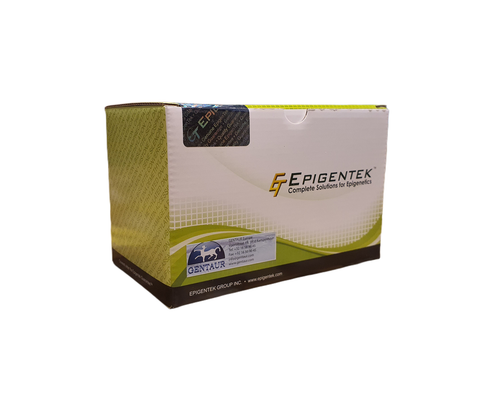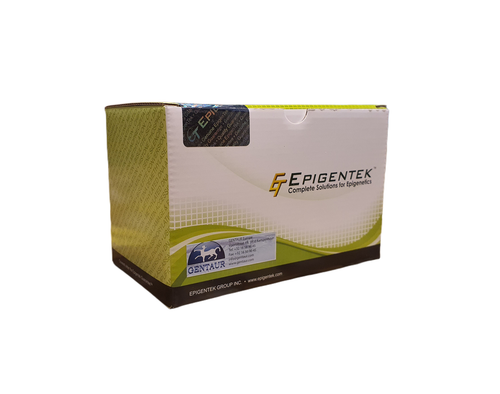Product Description
CLCN2 polyclonal Antibody | BS7915 | Bioworld
Host: Rabbit
Reactivity: Human,Mouse,Rat
Application: WB
Application Range: WB 1:500 - 1:2000
Background: The family of voltage-dependent chloride channels (CLCs) regulate cellular trafficking of chloride ions, a critical component of all living cells. CLCs regulate excitability in muscle and nerve cells, aid in organic solute transport and maintain cellular volume. The genes encoding human CLC-1 through CLC-7 map to chromosomes 7q32, 3q28, 4q32, Xp22.3, Xp11.23-p11.22, 1p36 and 16p13, respectively. CLC1 is highly expressed in skeletal muscle. Mutations in the gene encoding CLC1 lead to myotonia, an inheritable disorder characterized by muscle stiffness and renal salt wasting. CLC2 is highly expressed in the epithelia of several organs including lung, which suggests CLC2 may be a possible therapeutic target for cystic fibrosis. CLC3 expression is particularly abundant in neuronal tissue, while CLC4 expression is evident in skeletal and cardiac muscle as well as brain. Mutations in the gene encoding CLC5 lead to Dent’s disease, a renal disorder characterized by proteinuria and hypercalciuria. CLC6 and CLC7 are broadly expressed in several tissues including testis, kidney, brain and muscle.
Storage & Stability: Store at 4°C short term. Aliquot and store at -20°C long term. Avoid freeze-thaw cycles.
Specificity: CLCN2 polyclonal Antibody detects endogenous levels of CLCN2 protein.
Molecular Weight: ~ 90-98 kDa
Note: For research use only, not for use in diagnostic procedure.
Alternative Names: Chloride Channel 2; Chloride channel protein 2; Chloride channel, voltage sensitive 2; CIC 2; CIC2; ClC-2; CLC2; Clcn2; CLCN2_HUMAN; ECA2; ECA3; EG13; EGI11; EGMA; EJM6; EJM8; PKA-activated chloride channel;
Immunogen: Recombinant full length Human CLCN2.
Conjugate: Unconjugated
Modification: Unmodification
Purification & Purity: The Antibody was affinity-purified from rabbit antiserum by affinity-chromatography using epitope-specific immunogen and the purity is > 95% (by SDS-PAGE) .
Pathway:
 Euro
Euro
 USD
USD
 British Pound
British Pound
 NULL
NULL












